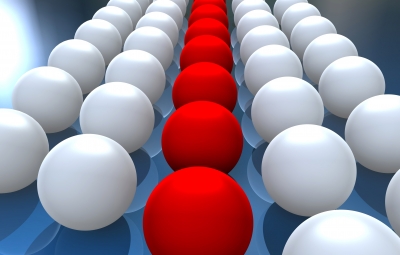The lacrosse ball is my new friend
Paul Kochoa, PT, DPT, OCS, CGFI
Muscular soreness is common after an intense exercise routine, but it can also happen after a relatively easy exercise, especially if the muscles are particularly weak. Along with the soreness comes immobility and tightness. I’ve written about mobility and stretching before, and I can say that the foam roller and the lacrosse ball are now my two best favorite friends.
After a heavy or long workout, muscles are sore, tendons are tight, the foam roller and lacrosse ball are great at breaking up any adhesions or trigger points in the body. For large or wide muscle groups, the foam roller works well. For other parts, and for many other uses, the lacrosse ball works better.
The lacrosse ball is great at mobilizing the soft tissue in the anterior chest for some active release techniques and into the deep hip rotators in the glute area and the lower back. You can also use the lacrosse ball to do some self “Mulligan technique” joint mobilizations with movement, but I wouldn’t do that on your own until you’ve consulted a physiotherapist. The easiest way to use the lacrosse ball for some soft tissue work and aid in workout recovery is rolling on the ball or moving the tissue under the ball.
The first way is similar to how you would use the foam roller. Place the ball on your tight areas, apply pressure like lying on top of it, and then move your body side to side or up and down to roll the lacrosse ball on those trouble spots. If the spot is tender, spend some quality time, two to four minutes, kneading it out. The more pressure you can tolerate, the better. But be careful, if anything feels really bad during, or it feels worse afterwards, try and reposition your body or apply less pressure.
The second way is to move the tissue under the ball, like a “tack and stretch” technique. Place the ball on the tender spot, maintain pressure and keep the ball still. Next, start moving the muscle underneath that spot. For example in the calf, stick the ball on the calf muscle, and then start moving the ankle and foot up and down and all around. This way, the ball stays stationary and the tissue underneath gets moving.
Both techniques can really help mobilize those tight areas and can help in reducing muscular soreness. Give it a try, but remember to consult your physiotherapist if you have any problems.
If you would like more information, please call Professional Physical Therapy and Training at 973-270-7417. Our offices are located within the YMCA locations in Madison and Summit, NJ. You do not need to be a member of the YMCA to visit with us.
